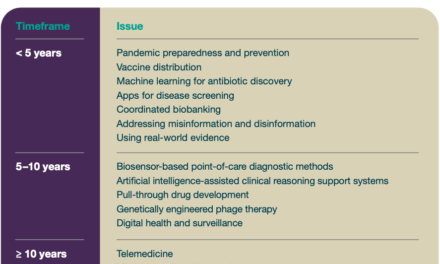The Centers for Disease Control and Prevention (CDC) released its annual report on maternal deaths in the U.S. on Wednesday, revealing a concerning trend in racial disparities. While the overall maternal mortality rate fell below pre-pandemic levels, the gap between Black and white women’s maternal death rates has widened.
In 2023, Black women died at a rate nearly 3.5 times higher than their white counterparts during pregnancy, childbirth, or shortly after. The rate for Black women was approximately 50 deaths per 100,000 live births, a slight increase from 49.5 in 2022. In contrast, the maternal death rate for white women decreased from 19 deaths per 100,000 in 2022 to 14.5 in 2023.
Dr. Amanda Williams, interim medical director for the March of Dimes, attributed the disparity to ongoing systemic racism and unequal access to medical care. “Once we went back to ‘usual activities,’ the impact of systemic racism came right back into place,” Williams stated, noting that the COVID-19 pandemic’s impact was felt across all pregnant women, but post-pandemic conditions have magnified the issue for Black mothers.
The CDC’s report, drawn from death certificates, tracked maternal deaths from pregnancy, childbirth, and up to 42 days after birth. Excluded from the data are accidental deaths. In total, 669 maternal deaths occurred in 2023, a decrease from 817 in 2022 and 1,205 in 2021—when maternal mortality reached its highest point in over five decades.
While the overall maternal mortality rate showed some improvement, with Hispanic women’s death rate dropping from 17 to 12 per 100,000 and Asian Americans seeing a decline from 13 to 11, the persistent racial disparities remain stark. Experts point to the leading causes of maternal deaths, including excessive bleeding, blood vessel blockages, infections, and complications from COVID-19, which proved especially dangerous for pregnant women.
The pandemic’s toll on maternal health highlighted the critical issues in the healthcare system. In particular, the burnout of healthcare workers and the difficulties faced by pregnant women during the pandemic exacerbated risks. However, as the country moved past the peak of COVID-19, improvements in postpartum care, including Medicaid’s expansion to cover up to 12 months of postpartum care, have contributed to positive outcomes for some mothers.
The maternal mortality rate is also linked to the number of pregnancies, with a declining birth rate in the U.S. correlating with fewer pregnancy-related deaths, according to Eugene Declercq, a researcher on maternal deaths at Boston University.
Despite the improvements in certain areas, the stark racial gaps in maternal mortality remain a cause for alarm, highlighting the urgent need for systemic reform to ensure equal access to healthcare for all women.
Disclaimer: This article is based on data released by the CDC, which is still processing additional death reports for the year 2024. The information provided here is subject to change as more data becomes available.











